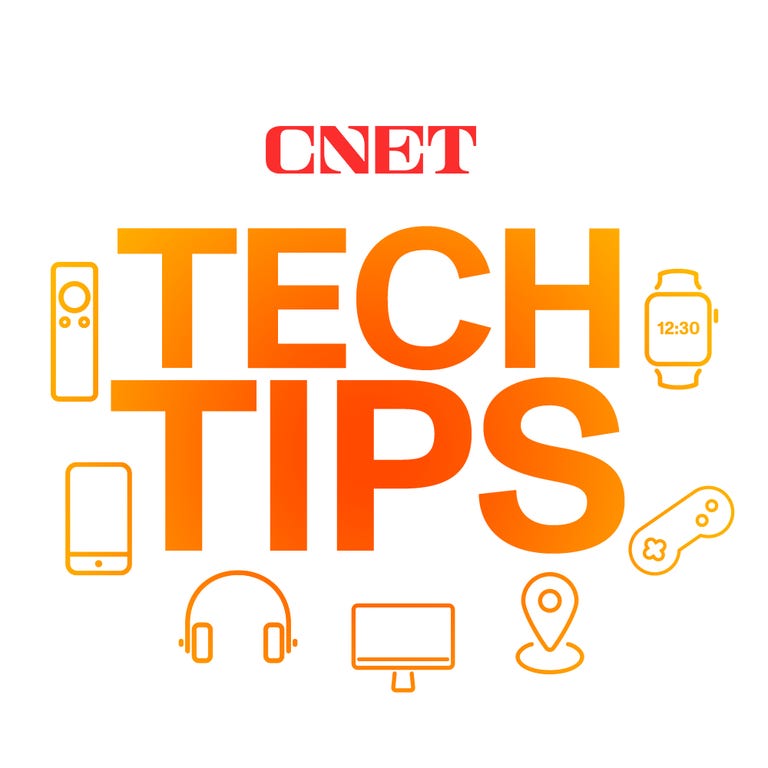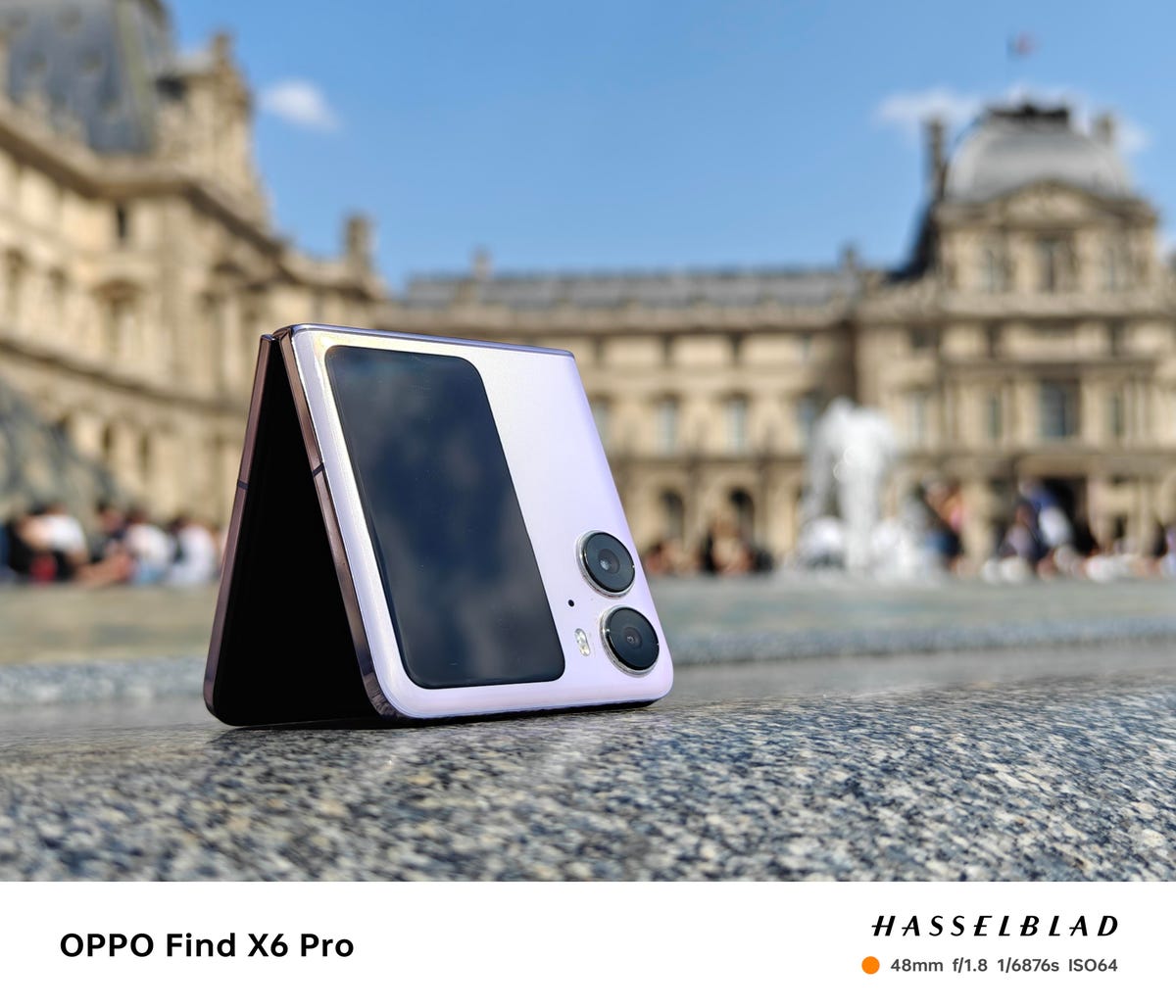The Oppo Find N3 Flip was officially unveiled on Tuesday. It’s a follow up to last year’s popular Find N2 Flip. Oppo released a series of images of the Find N3 Flip, which is bound for a global release following its launch in mainland China today.
One of the most obvious changes to the Find N3 Flip is the new circular camera bump, which reminds me of the one on the Huawei Pocket S released in late 2022. Oppo ditched the dual circle camera housing design in favor of a larger circular bump that can house more cameras.
The Find N3 Flip features a trio of Hasselblad-branded cameras on its cover: a 50-megapixel main, a 8-megapixel ultrawide and a 32-megapixel telephoto. That’s one more than found on the Find N2 Flip, the Motorola Razr Plus or the Galaxy Z Flip 5. In fact, the Find N3 Flip is probably the first clamshell-style foldable to feature three cameras on its exterior cover.
Read More: Samsung’s New Flip Phone Highlights the Clamshell’s Comeback
In its press release, Oppo bills the Find N3 Flip as the one that “rewrites the flip phone rulebook” and cuts back on compromises – but it excludes camera performance from that tradeoff. Flip phones have been known to have less-than-stellar camera performance compared to similarly-priced slab phones. This is due to the physical and engineering limitations of the flip phone design.
I have to give it up to Oppo for adding an extra camera and refreshing the design of the Find N3 Flip. But I hope that extra camera adds enough value to be worth the tradeoff for a visually more cluttered design and possible higher price. Oppo hadn’t shared pricing information at the time of this writing. For reference, last year’s Find N2 Flip was 849 which converts roughly to $1,070. Compare that with the Razr Plus and Galaxy Z Flip 5 which each start at 1,049, $1,000. Oppo won’t sell the Find N3 Flip in the US.
The Find N3 Flip has curved edges, compared to the boxer sides of the N2 Flip, and an alert slider, a hardware switch popularized by OnePlus (a subsidiary of Oppo) on its phones since it made it easy to toggle between ring, silent and vibrate modes. The N3 Flip also features a fresh color palette of black, light pink, and gold finishes.
“For Find N3 Flip, we’re bringing upgrades across the board – elevated styling, an improved cover screen experience, and a game-changing flip phone camera – simply put, expect the exquisite from Find N3 Flip,” Pete Lau, SVP and Chief Product Officer at Oppo said in a media release.
The Find N3 Flip has the same 6.8-inch 120Hz refresh rate display as the N2 Flip, but Oppo removed the screen’s polarizer which should make it easier to view with sunglasses and save a bit on battery life. Perhaps the biggest change however, comes to the cover screen’s software which can now run apps like YouTube, TikTok, Gmail, Reddit and Google Maps.
Oppo hasn’t been shy about its commitment to foldable phones. The Chinese company made a series of high profile sports partnerships including one with Wimbledon, the oldest tennis tournament in the world, to promote its Find N2 Flip. That marketing push is expected to continue this year. Foldable phones currently represent a small sliver of the broader smartphone market, but that piece of the pie is growing. According to the IDC, global foldable phone shipments will hit 21.4 million in 2023, which is up by more than 50% compared to 2022. By 2027, IDC projects that number to balloon to 48.1 million.
Oppo unveiled its inaugural flip phone, the Find N2 Flip in December last year, which was followed by a broader international launch in February this year. With the Find N2 Flip, Oppo shook up the design of flip phones by debuting a 3.26-inch vertical cover screen. At the time, the Find N2 Flip’s outer screen was one of the largest you could find on a foldable flip phone.



